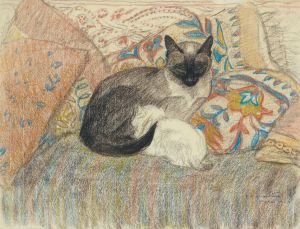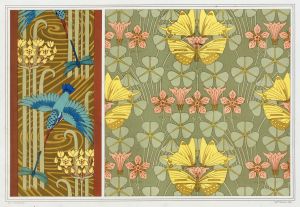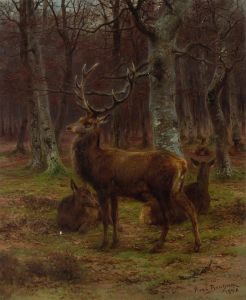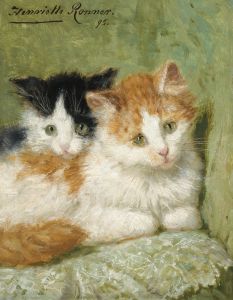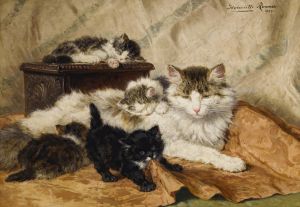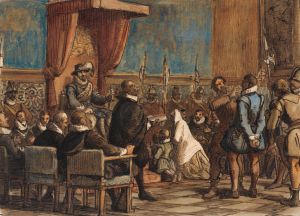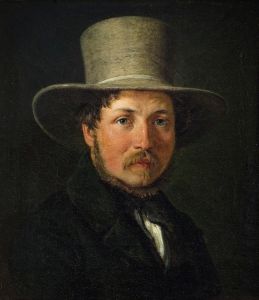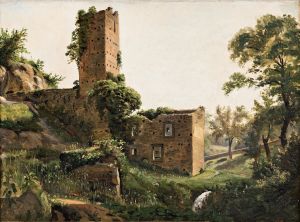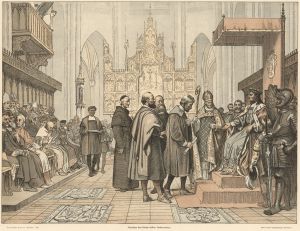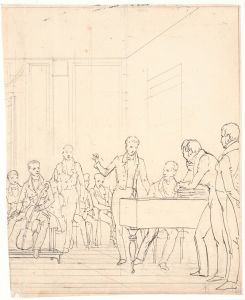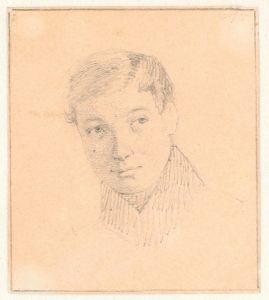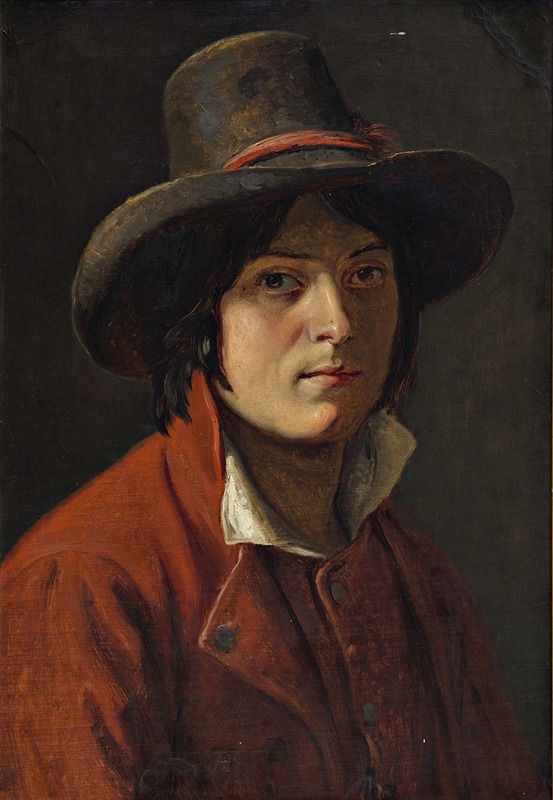
Young campagnol
A hand-painted replica of Wilhelm Marstrand’s masterpiece Young campagnol, meticulously crafted by professional artists to capture the true essence of the original. Each piece is created with museum-quality canvas and rare mineral pigments, carefully painted by experienced artists with delicate brushstrokes and rich, layered colors to perfectly recreate the texture of the original artwork. Unlike machine-printed reproductions, this hand-painted version brings the painting to life, infused with the artist’s emotions and skill in every stroke. Whether for personal collection or home decoration, it instantly elevates the artistic atmosphere of any space.
Wilhelm Marstrand (1810-1873) was a renowned Danish painter and illustrator, known for his genre scenes, portraits, and historical paintings. One of his notable works is "Young Campagnol," which reflects his keen interest in capturing everyday life and human expressions with a touch of romanticism and realism.
"Young Campagnol" depicts a young peasant boy, often referred to as a "campagnol," which is a term used to describe rural inhabitants in Italy. The painting is celebrated for its detailed and empathetic portrayal of the boy, showcasing Marstrand's skill in rendering human emotion and character. The boy is typically shown in simple, rustic clothing, indicative of his humble background, and the setting often includes elements of the rural landscape, emphasizing the connection between the subject and his environment.
Marstrand's time in Italy, particularly during his stays in Rome, greatly influenced his work. He was part of the Danish Golden Age of painting, a period marked by a flourishing of the arts in Denmark. His Italian sojourns allowed him to immerse himself in the local culture and scenery, which is evident in "Young Campagnol." The painting reflects the artist's fascination with the Italian countryside and its people, capturing the essence of rural life with authenticity and warmth.
The composition of "Young Campagnol" is notable for its use of light and shadow, which Marstrand skillfully employs to highlight the boy's features and create a sense of depth. The naturalistic approach to the subject matter is complemented by a romanticized view of rural life, a common theme in Marstrand's work. This blend of realism and romanticism is a hallmark of his style, making his paintings both relatable and idealized.
Marstrand's ability to convey the personality and mood of his subjects is evident in "Young Campagnol." The boy's expression, posture, and attire all contribute to a narrative that invites viewers to ponder his life and experiences. This focus on the individual within a broader social context is a recurring theme in Marstrand's oeuvre, reflecting his interest in human stories and societal dynamics.
"Young Campagnol" is part of Marstrand's broader body of work that includes other genre scenes, historical paintings, and portraits. His contributions to Danish art were significant, and his works are held in high regard for their technical excellence and emotional depth. Marstrand's legacy continues to be celebrated in Denmark and beyond, with his paintings featured in various museums and collections.
In summary, "Young Campagnol" by Wilhelm Marstrand is a poignant and beautifully executed painting that captures the essence of rural Italian life through the eyes of a young peasant boy. Marstrand's attention to detail, use of light and shadow, and ability to convey human emotion make this work a notable example of his artistic talent and his contribution to the Danish Golden Age of painting.






